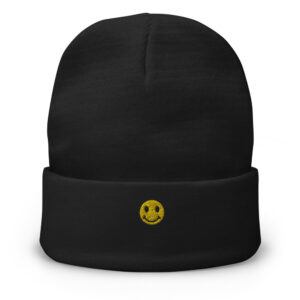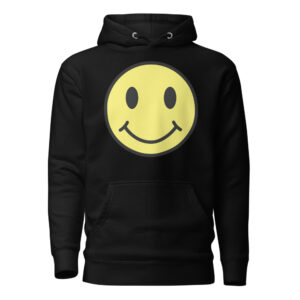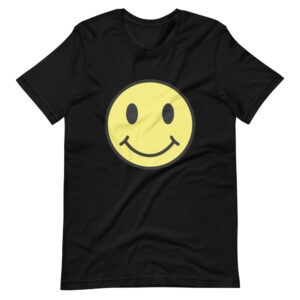-
×
 Have a Nice Day Beanie
1 × $111.00
Have a Nice Day Beanie
1 × $111.00
Don’t Settle for Workout Gear That Distracts You
If your activewear leaves you itching, adjusting, or overheating mid-workout, it’s not just in your head. Comfort in fitness clothing goes far beyond size and style — and the root of discomfort might be in the fabric itself.
Most Workout Clothes Are Made with Synthetic Blends
A huge portion of gym wear today is made from synthetic fibers like polyester, nylon, and spandex. These materials are popular for their moisture-wicking, stretch, and durability. However, they come with a tradeoff: they don’t breathe as well as natural fabrics.
These synthetic blends can trap heat and sweat against the skin, especially during intense workouts. The result? You feel sticky, overheated, and sometimes irritated — a recipe for distraction and discomfort.
Your Skin Is Reacting to Chemicals in the Fabric
What many people don’t realize is that some workout gear contains chemical finishes designed to improve performance, color retention, or antibacterial properties. These additives can trigger irritation, especially if you have sensitive skin.
If you find yourself itching after workouts or developing small rashes around tight seams or waistbands, your body may be reacting to these chemicals — not the exercise itself.
Fit Isn’t Just About Size
Even if you’re wearing your “correct” size, the design of activewear can still cause issues. Tight seams, compression zones, and stitched-in panels can create pressure points or restrict movement.
Compression can be great for support and recovery, but over-compression in the wrong areas — like behind the knees or around the waist — can limit blood flow or cause discomfort when your body heats up.
Look for activewear that’s specifically cut to allow range of motion and is tested for activity, not just appearance.
Moisture Management Isn’t Always Effective
You’ve probably heard of “moisture-wicking” gear, but not all of it performs equally. The term is widely used in marketing, yet some low-cost blends only move sweat across the surface of the fabric instead of fully pulling it away from your skin.
This can leave you damp, cold, or clammy once your heart rate drops. In contrast, high-performance materials — or layered systems using mesh, wool, or bamboo — manage sweat far more effectively.
Breathability Is Just as Important as Support
When shopping for sports bras, leggings, or fitted shirts, breathability is often overlooked in favor of compression or support. But breathability affects temperature regulation, which in turn affects your endurance.
If your clothes can’t release heat or let air flow through key sweat zones (like your back, underarms, or behind the knees), you’re more likely to feel drained early into your session.
How to Choose Workout Gear That Actually Feels Good
Start by checking the fabric blend. Natural or semi-natural options like bamboo viscose, merino wool, or modal are often more breathable and gentle on skin.
Look for gear that is labeled “chemical-free” or certified with skin-safe standards like OEKO-TEX. Avoid anything labeled “antibacterial” if you’ve had issues with irritation in the past — these often contain added treatments.
Prioritize function over branding. Try the clothing in motion, not just standing still. If you can squat, stretch, and twist without restriction or overheating, you’re on the right track.
Make Comfort Your New Fitness Standard
There’s no reason to suffer through your workouts in clothing that rubs, itches, or traps heat. Once you understand the materials and how your body responds to them, you can build a workout wardrobe that actually helps your performance — instead of working against it.





